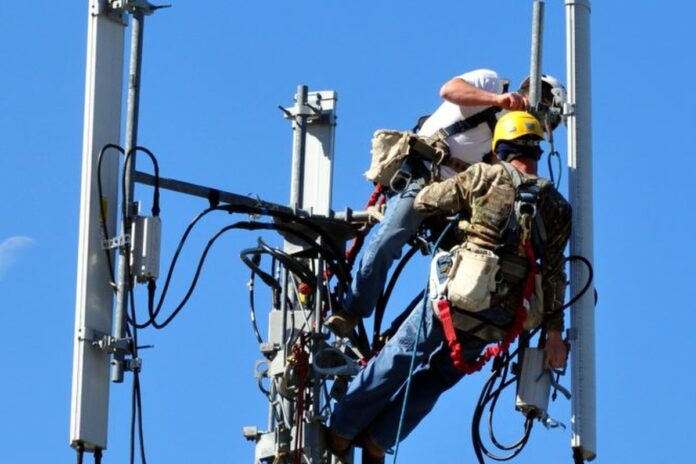US analyst group reckons Open RAN sales in 2020 to be 50% higher than previously predicted, but advises against making longer term assumptions.
Open RAN technology sales in 2020 look like they will be about 50% higher than previously expected, according to analyst company Dell’Oro.
In a blog Stefan Pongratz, VP and Head of Dell’Oro’s Mobile RAN Market and Telecom CapEx Research, notes the drivers of avoiding vendor lock-in and expanding the market – reducing the concentration or dominance of a few vendors – remain the leading drivers behind the Open RAN movement.
Initial readings
Initial readings suggest that the overall RAN market concentration levels as measured by the Herfindahl-Hirschman Index (HHI) increased around 10% between 2010 and the first and third quarters of 2020, underpinning projections that these trends will not reverse in the near future with the current RAN model.
*Herfindahl-Hirschman Index (HHI) is a common measure of market concentration, with <1500 interpreted as competitive, 1500- 2500 meaning moderately concentrated, >2,500 is seen as highly concentrated.
** Q1-Q3 2020
Preliminary estimates suggest Open RAN equipment revenues – radio, baseband and software – are coming in at a slightly faster pace than initially expected, largely propelled by developments in the Asia Pacific region. This has caused Dell’Oro to revise its 2020 outlook up from $200 million to $300 million. Pongratz stresses that faster progress in the short term cannot necessarily be seen to point to either faster or slower adoption beyond 2020 on brownfield, as opposed to new or greenfield, sites.
Mixed results
He points out the results are mixed: Dish is encountering delays in the US, but Rakuten is progressing rapidly in Japan, deploying a both sub-6GHz and mmWave RAN systems. Also, Japanese suppliers report most of their radio shipments are already O-RAN compatible.
He also highlights the fact that not Open RAN is the same and a number of different ways to segment the Open RAN market. Pongratz writes, “at a highly simplified level, we envision there at least 14 ways to think of the Open RAN opportunity.
“And while revenue remains a fundamental metric to determine the overall market adoption, it will be particularly interesting to pay attention to the RAN supplier segmentation. This will be [an] important measure to assess if Open RAN is also disruptive.
“Open RAN will likely not be considered a complete success story, even if Open RAN comprises 100% of the total RAN market, [if] the HHI is still hovering around 2500.”
Smaller firms need brownfield wins
He concludes, “So on the one hand, we estimate total Open RAN revenues are tracking ahead of schedule. On the other hand, the lion’s share of any ‘security’-related RAN swaps are still going to the traditional RAN players.”
This suggests “the technology for basic radio systems remains on track but the smaller players need to ramp up investments rapidly to get ready for prime time and secure larger brownfield wins”.



